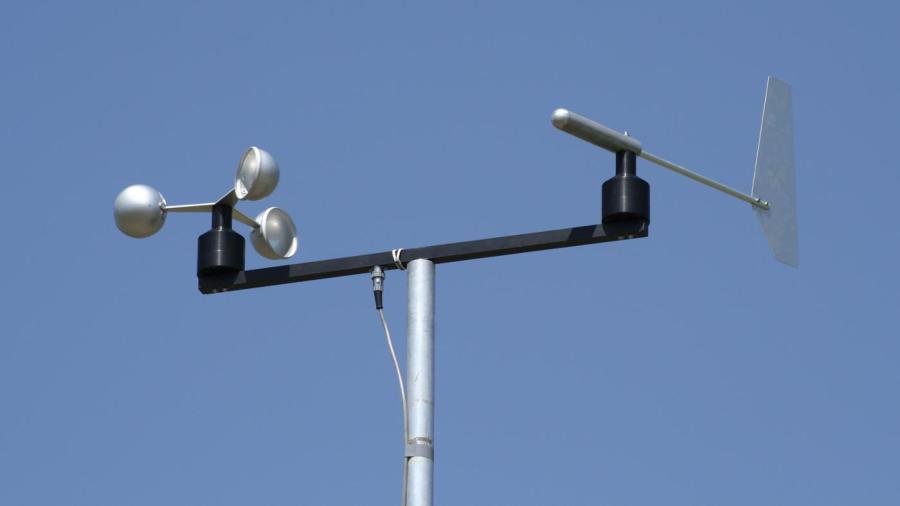How Does a Humidity Sensor Work?

Humidity sensors work by detecting changes that alter electrical currents or temperature in the air, according to Sensors Online. There are three basic types of humidity sensors: capacitive, resistive and thermal. All three types of sensors monitor minute changes in the atmosphere in order to calculate the humidity in the air.
A capacitive humidity sensor measures relative humidity by placing a thin strip of metal oxide between two electrodes. The metal oxide’s electrical capacity changes with the atmosphere’s relative humidity. These types of sensors are used for weather, commercial and industrial applications.
Resistive humidity sensors utilize ions in salts to measure the electrical impedance of atoms. As humidity changes, so does the resistance of the electrodes on either side of the salt medium. State-of-the-art resistive humidity sensors use ceramics to overcome areas where condensation occurs.
Thermal conductivity sensors measure changes in heat to detect humidity. Two thermal sensors conduct electricity based upon the humidity of the surrounding air. One sensor is encased in dry nitrogen as a comparison to the other sensor which measures the ambient air. The difference between the two measures the humidity.
The reason these detection methods work is that humidity changes with air temperature, according to Tech-FAQ. Humidity sensors are vital to weather stations, industrial processes and HVAC systems.





